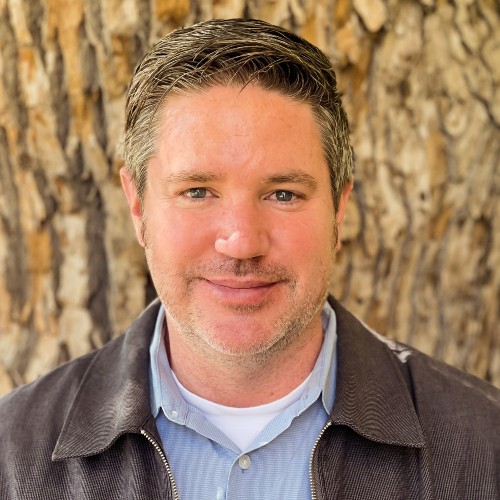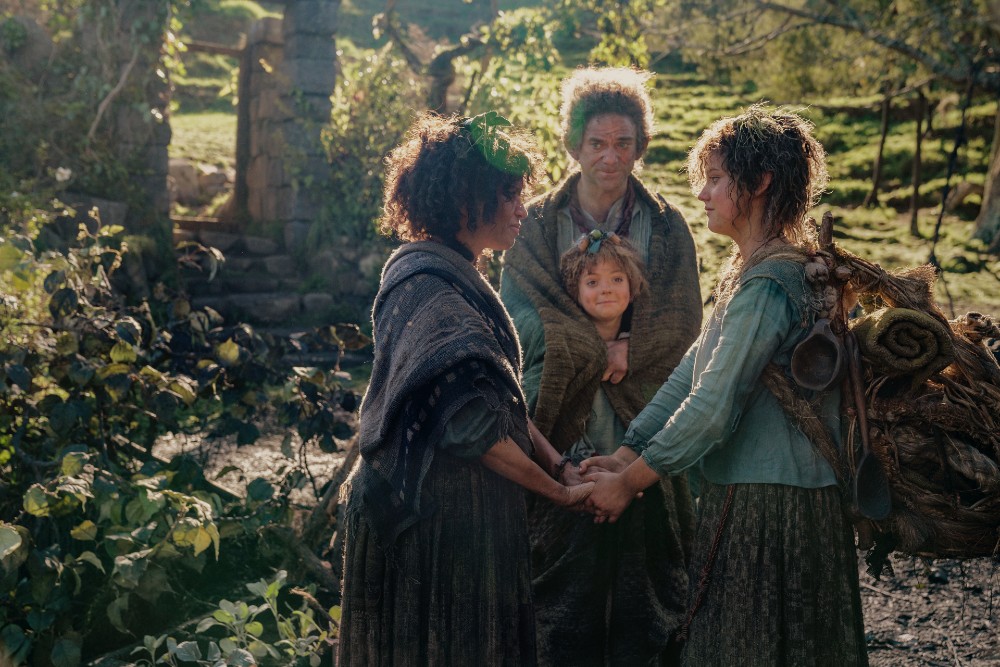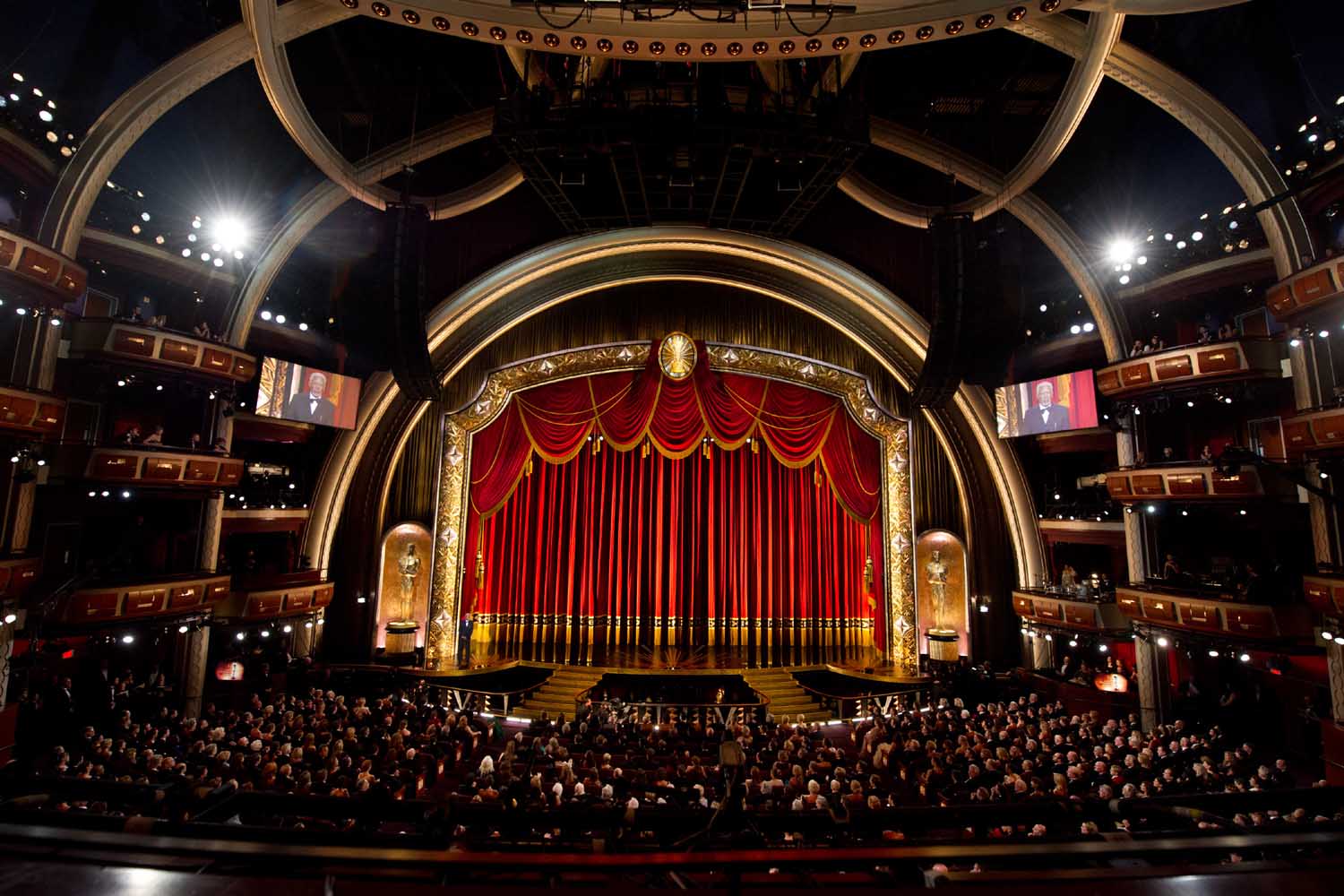
One way of reading this year’s Oscars is to see a not unusual split between a predominant above-the-line winner – in this case, The Artist – and a strong below-the-line champion – the somewhat surprising Hugo.
But another way to read it – as opposed to last year’s divide between The King’s Speech and The Social Network – is that there was a unified theme in most of the academy awards: Hollywood roots and silent films were honored across the board.
Hugo, Martin Scorcese’s ode to the roots of movie-making and visual effects in general, and George Melies in particular – by way of adapting Brian Selznick’s innovative and copiously illustrated children’s book – picked up the first two awards of the year, with the first of its surprising wins for cinematographer Robert Richardson.
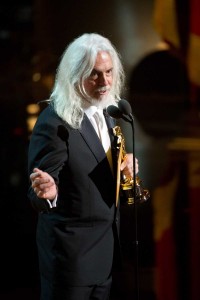
This reporter began the evening gently taken to task when he asked Richardson backstage what it was like working on a “Scorsese film that’s every bit as much rendering greenscreen as it is actually staged?”
“I don’t know if you are absolutely accurate on that part,” he replied. “There wasn’t as much greenscreen as there was on the production side. Once you get Dante here, I think that’s a conversation you should have with him. He might not take well to that one. There was a great deal of practical. The sets were phenomenal.”
And true to Richardson’s prediction, longtime Scorcese collaborators Dante Ferretti and Francesca Lo Schiavo won for art direction, with Ferrretti saying, vis-a-vis the greenscreen/3D question that “when we started the movie the movie was supposed to be in normal 2D, but then they decided to do it in 3D.” This was, he added, “the first time for everyone. You feel like you’re in the screening. You work in the middle of the 3D.”
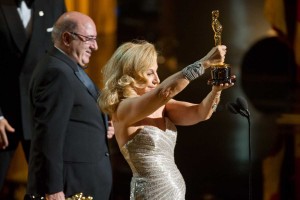
Backstage, FX supervisor Rob Legato, when asked how Hugo had managed to beat the visual FX “extravaganzas” it was up against, said he thought the effects didn’t “stick out but assist… and become part of the art form. The Academy is sort of growing up with the visual effects world, and saying, we are now going to also appreciate the art of what you tried to achieve – what’s literally on screen. If I were to put words in the mouth of the Academy, I would say that they judge the effects on the merits of art just as much as they do on technology produced.”
So the effects are no longer about being whiz-bang, per se, but – in an era where so much is rendered (host Billy Crystal even joked about a bygone era when movies were “actually shot on film”) – about fitting in to the story being told.
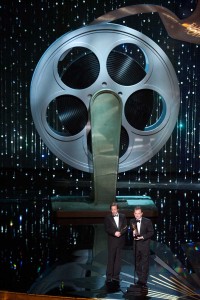
Of course, the night’s main headline was The Artist, which is a foreign production that, ironically, was the only nominated film to be entirely shot in Los Angeles. It nabbed statues for both its even-more-necessary than usual music score by Ludovic Bource, and its costumes by Mark Bridges (who beat out Hugo’s Sandy Powell, among others).
Bridges revealed that the black-and-white film was actually filmed in color because there was a chance that the film would be shown in color in some markets. “Luckily, we were able to finally prevail with it in black and white,” he said, “and I was very concerned about the graphics, whether the actors would separate from the backgrounds that they’re standing in front of. So… once we got the textures down, we knew the textures would read beautifully, and I could tell a story with textures.”
Among those textures were the feel, energy and joy of early Hollywood films, helping to define the 20th century’s new artform.
Later, when director Michel Hazanavicius was backstage, I asked him to talk about some of the contributions his own crew and department heads had made to the film, including the nominees that didn’t win.
He singled out DP Guillaume Schiffman, mentioning it was his third collaboration with him. “We shot it in 35 days and to keep that quality of image in 35 days is really something very special,” he noted. “I mean, not all the cinematographers can do that. I think he did a wonderful job on that.”
He also mentioned Bridges’ award-winning costume work, also talking about “the choice of the texture, the recreation of the dresses and the costumes, and their work on the extras, for example. I’ve been very lucky with the crew and with the cast as well.”
And sometimes, the Oscars even transcend luck into deeper cosmic forces. Reigning above-the-liner Meryl Streep was quite gracious backstage, signalling out her own award-nabbing make-up crew, for their work with her on The Iron Lady. “It was doubly wonderful because my long-time collaborative colleague, Roy Helland, makeup man, hairdresser, he won too, and he won with his colleague Mark Coulier, who is a great British prosthetics designer. But he won not for making some monster, but for making a human being, and it’s very unusual in that branch that they give it to somebody who’s just trying to transform people. And so I was really, really proud for him.”
She also talked about how her collaboration with Helland began when they worked in theater together, oh so many moons ago, and she even laughed at the idea that there could be brewing “Streep fatigue” among Academy watchers and goers. But not for this awards show.
And of the awards itself, Streep said “I read a poem yesterday, and it had nothing to do with this but one of the lines jumped out and it said, ‘It is strange to be here once as it is to return.’ That’s so true. The whole thing is strange. I mean, if you’re a human being, it’s weird. If you’re not, I don’t know. It’s probably fun.”
It was probably fun. And the Academy’s return to honoring silent films – for the first time since the very first Oscars – was probably not even strange: Just an in-taken breath, a pause, a poised moment, before films plunge fully and entirely into a different technological era altogether.
The winners of the 84th annual Academy awards are:
Cinematography
Hugo, Robert Richardson
Art Direction
Hugo
Production Design: Dante Ferretti
Set Decoration: Francesca Lo Schiavo
Costume Design
The Artist, Mark Bridges
Makeup
The Iron Lady
Mark Coulier and J. Roy Helland
Foreign Language Film
A Separation, Iran
Actress in a Supporting Role
Octavia Spencer in The Help
Film Editing
The Girl with the Dragon Tattoo, Kirk Baxter and Angus Wall
Sound Editing
Hugo, Philip Stockton and Eugene Gearty
Sound Mixing
Hugo
Tom Fleischman and John Midgley
Documentary (Feature)
Undefeated, TJ Martin, Dan Lindsay and Richard Middlemas
Animated Feature Film
Rango, Gore Verbinski
Visual Effects
Hugo
Rob Legato, Joss Williams, Ben Grossman and Alex Henning
Actor in a Supporting Role
Christopher Plummer in Beginners
Music (Original Score)
The Artist, Ludovic Bource
Music (Original Song)
“Man or Muppet” from The Muppets
Music and Lyric by Bret McKenzie
Writing (Adapted Screenplay)
The Descendants
Screenplay by Alexander Payne and Nat Faxon & Jim Rash
Writing (Original Screenplay)
Midnight in Paris
Written by Woody Allen
Short Film (Live Action)
The Shore, Terry George and Oorlagh George
Documentary (Short Subject)
Saving Face, Daniel Junge and Sharmeen Obaid-Chinoy
Short Film (Animated)
The Fantastic Flying Books of Mr. Morris Lessmore, William Joyce and Brandon Oldenburg
Directing
The Artist, Michel Hazanavicius
Actor in a Leading Role
Jean Dujardin in The Artist
Actress in a Leading Role
Meryl Streep in The Iron Lady
Best Picture
The Artist
Thomas Langmann, Producer



